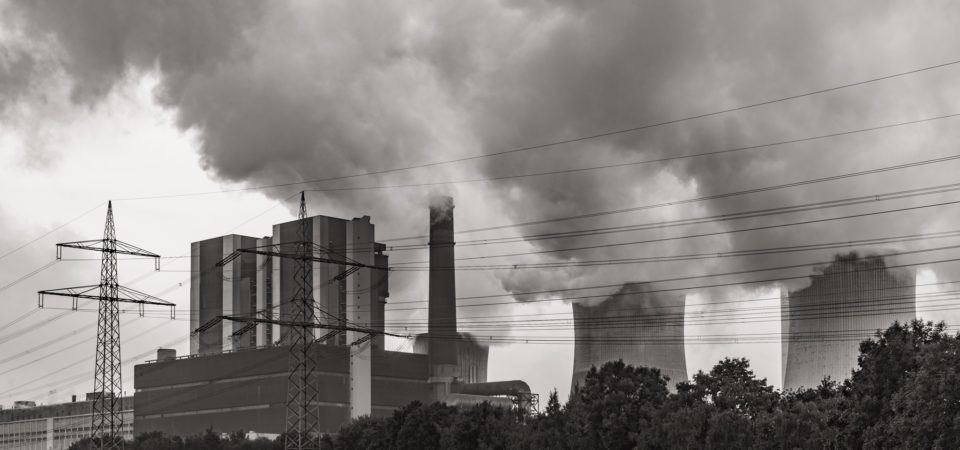Item Link: Access the Resource
File: Download
Date of Publication: January 5, 2012
Year of Publication: 2012
Publisher: European Geosciences Union
Author(s): Timothy J. Garrett
Journal: Earth System Dynamics
Volume: 3:1
Pages: 1-17
Timothy J. Garrett models economic systems as physical systems with an economic growth model designed to be consistent with general thermodynamic laws. Based on such a model, Garrett finds that humanity might be in a double-bind: either undergo economic collapse, or increase emissions to a point that will push humanity to collapse.
ABSTRACT: In a prior study (Garrett, 2011), I introduced a simple economic growth model designed to be consistent with general thermodynamic laws. Unlike traditional economic models, civilization is viewed only as a well-mixed global whole with no distinction made between individual nations, economic sectors, labor, or capital investments. At the model core is a hypothesis that the global economy’s current rate of primary energy consumption is tied through a constant to a very general representation of its historically accumulated wealth. Observations support this hypothesis, and indicate that the constant’s value is λ = 9.7 ± 0.3 milliwatts per 1990 US dollar. It is this link that allows for treatment of seemingly complex economic systems as simple physical systems. Here, this growth model is coupled to a linear formulation for the evolution of globally well-mixed atmospheric CO2concentrations. While very simple, the coupled model provides faithful multi-decadal hindcasts of trajectories in gross world product (GWP) and CO2. Extending the model to the future, the model suggests that the well-known IPCC SRES scenarios substantially underestimate how much CO2 levels will rise for a given level of future economic prosperity. For one, global CO2 emission rates cannot be decoupled from wealth through efficiency gains. For another, like a long-term natural disaster, future greenhouse warming can be expected to act as an inflationary drag on the real growth of global wealth. For atmospheric CO2 concentrations to remain below a “dangerous” level of 450 ppmv (Hansen et al., 2007), model forecasts suggest that there will have to be some combination of an unrealistically rapid rate of energy decarbonization and nearly immediate reductions in global civilization wealth. Effectively, it appears that civilization may be in a double-bind. If civilization does not collapse quickly this century, then CO2 levels will likely end up exceeding 1000 ppmv; but, if CO2levels rise by this much, then the risk is that civilization will gradually tend towards collapse.
Read the full article.
The views and opinions expressed through the MAHB Website are those of the contributing authors and do not necessarily reflect an official position of the MAHB. The MAHB aims to share a range of perspectives and welcomes the discussions that they prompt.
